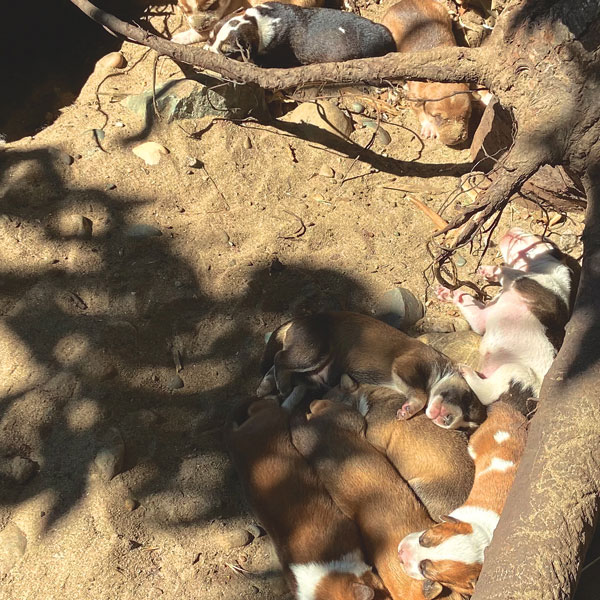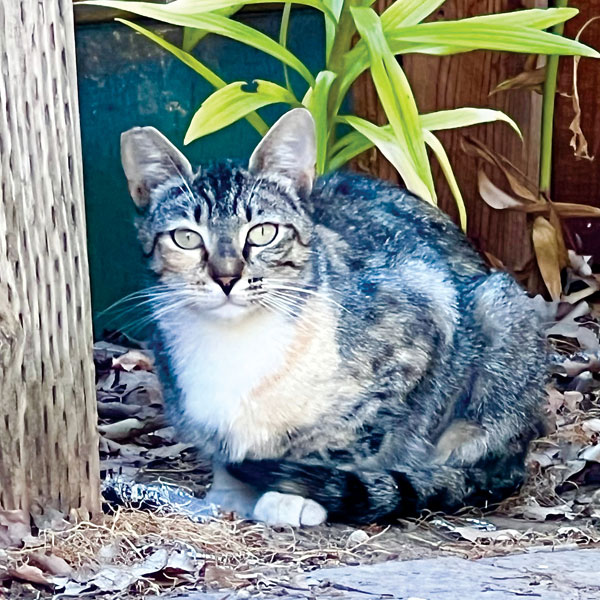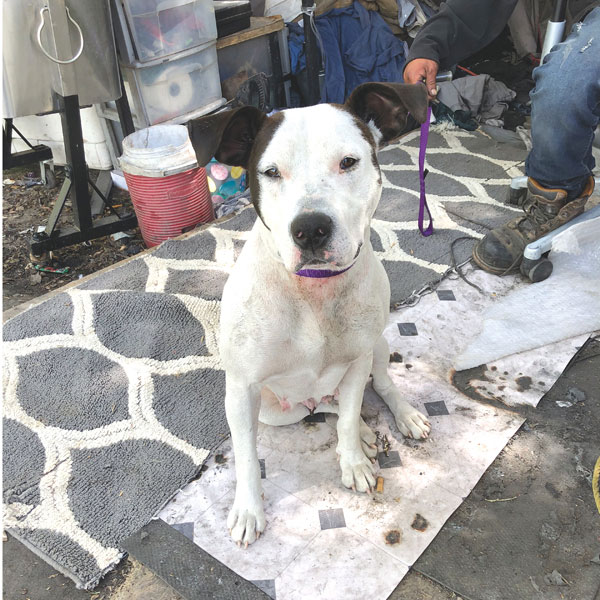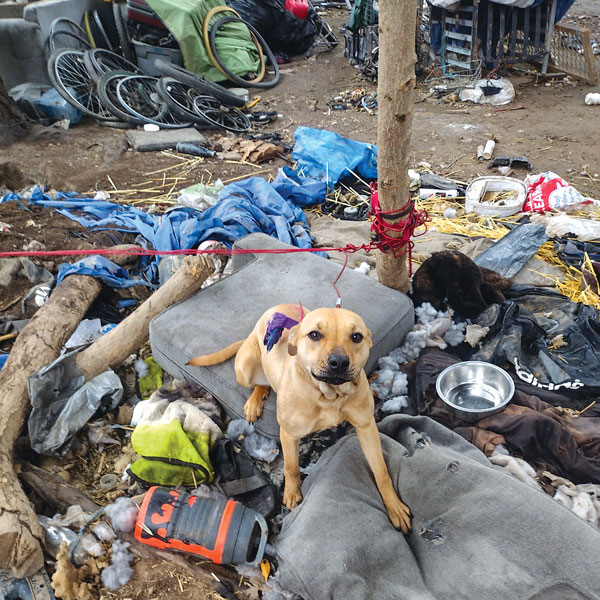
Oct 28, 2023
It’s illegal in California to deprive an animal of food, water or shelter.
It’s a crime to tether or chain a dog to a stationary object for longer than three hours in a 24-hour period. It’s against the law to allow that rope or chain to become entangled.
Are unhoused people exempt from these laws? Their dogs are denied food, water, shelter and the ability to move freely on a daily basis.

Sep 28, 2023
The temperature hovered around 100 degrees in August when feral cat trapper Maria Calderon took three homeless kittens to the city’s Front Street Animal Shelter.
Calderon trapped the 6-week-old felines earlier that day. “One had an upper respiratory infection—discharge coming from his eye. I wanted to get them off the street,” says Calderon, who has been trapping in Sacramento for two years.
With Front Street’s policy to take only ill and injured cats, Calderon expected the shelter to give the kittens a safe haven and medical treatment.
That was not the case.

Aug 28, 2023
Gov. Gavin Newsom included $50 million in the 2020-21 state budget to stop the killing of adoptable dogs and cats in California animal shelters.
It was a bold move. Then came the hard part. How should those dollars be spent? Where can they make the biggest impact?
Here’s where things went wrong. The governor assigned the responsibility of dishing out the money to the UC Davis Koret Shelter Medicine Program.

Jul 28, 2023
Sacramento is not “no-kill.”
In 2022, the city’s Front Steet Animal Shelter killed 747 dogs and cats. The county’s Bradshaw Animal Shelter killed 738.
By mid-July this year, Front Street killed 547 animals, more than 150 over last year’s pace.
The majority of animals were euthanized because they were too old, too aggressive, too fearful at the shelter—and there are just too many.
Front Street Animal Shelter took in 6,306 stray dogs and cats last year. Bradshaw Animal Shelter took in 7,380. Intakes are up. Adoptions are down. Shelters are over capacity.
Where are all these animals coming from?

Jun 28, 2023
The questions were straightforward. Does Front Street Animal Shelter provide policies and protocols to 311 on how to respond to animal-related requests?
How do 311 call agents determine if a situation is serious enough to dispatch an animal control officer?
How does 311 address urgent situations when animal control is days behind responding to requests?

May 30, 2023
There is a hidden world in Sacramento, off the grid and unknown to most. Dogs in small cages or padlocked to trees and poles. Chains tangled with little room to move. Many without food, water or shelter.
These are the dogs of homeless camps.
“You know those commercials on TV?” Debbie Tillotson says. She’s talking about the heart-wrenching public service ads that expose the underworld of animal abuse. “You can easily insert Sacramento. This is your backyard, it’s the same thing.”











